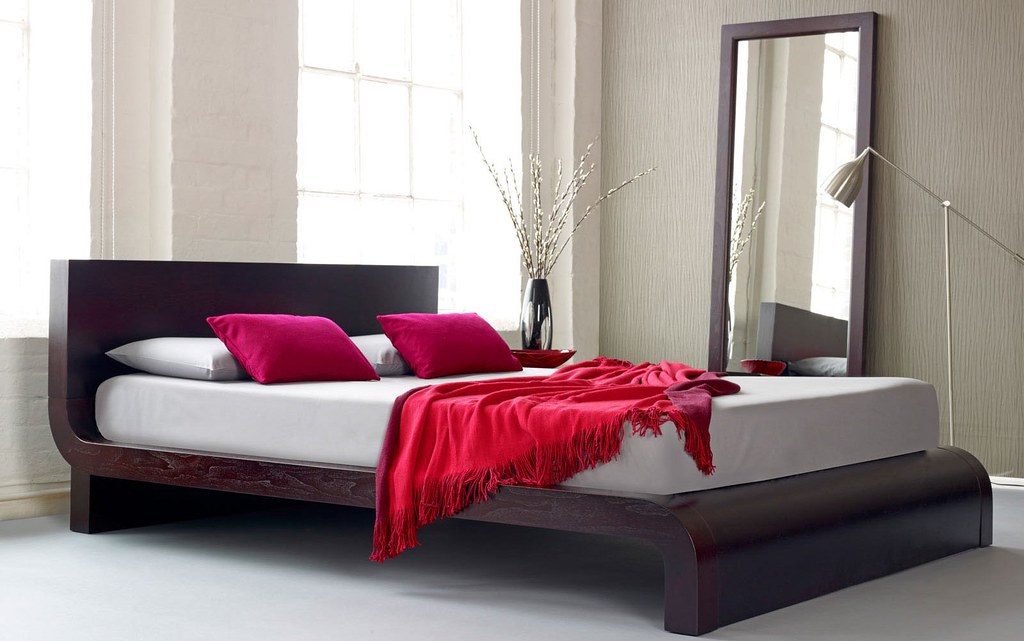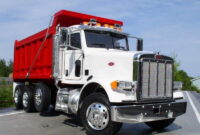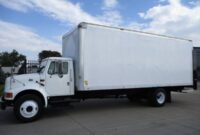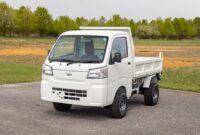Bed Covers For Trucks With Tool Boxes pickup.truckstrend.com
Trucks are the workhorses of the modern world, indispensable for countless professionals and enthusiasts who rely on their utility and hauling capabilities. For many truck owners, a toolbox is an essential addition, providing secure storage and easy access to tools and equipment. However, integrating a toolbox often presents a unique challenge: how do you protect the rest of your truck bed’s contents from the elements and theft while maintaining access to your invaluable tools? The answer lies in specialized Bed Covers For Trucks With Tool Boxes.
These innovative bed covers are specifically engineered to accommodate the presence of a crossover or in-bed toolbox, offering a seamless solution that combines security, weather protection, and utility. They represent a significant upgrade for truck owners who demand both robust tool storage and comprehensive bed coverage, ensuring that every piece of cargo, from power tools to groceries, remains safe, dry, and out of sight. This comprehensive guide will delve into the world of bed covers designed for trucks with toolboxes, exploring their types, benefits, crucial considerations, and practical advice to help you make an informed decision.
Bed Covers For Trucks With Tool Boxes
Understanding the Challenge: Tool Boxes and Bed Covers
The primary hurdle in covering a truck bed with an existing toolbox is the toolbox itself. Standard tonneau covers are designed to fit the entire length of the bed rails, from the bulkhead (the front wall of the bed) to the tailgate. A crossover toolbox, typically mounted on the bed rails directly behind the cab, obstructs this continuous rail space, making conventional covers incompatible.
This is where specialized "toolbox-compatible" or "crossover-style" bed covers come into play. These covers are ingeniously designed to fit behind the toolbox, utilizing the remaining bed length. The challenge then becomes selecting a cover that not only fits the dimensions but also complements the functionality and aesthetics of your truck and toolbox setup.
Types of Bed Covers Compatible with Tool Boxes
The market offers several types of bed covers tailored to work with toolboxes, each with its own set of advantages and characteristics. Understanding these categories is crucial for choosing the right solution for your specific needs.
1. Crossover/Toolbox Tonneau Covers (Behind-the-Box Style)
These are the most common and direct solutions. Designed specifically to be installed behind a crossover-style toolbox, they cover the rear portion of the truck bed.
- Description: These covers are shorter than full-length tonneau covers and are designed to seal against the back wall of a crossover toolbox. They come in various styles: soft roll-up, soft folding, hard folding, and even some retractable models.
- Pros:
- Direct Compatibility: Specifically made for this setup.
- Toolbox Accessibility: Your toolbox remains fully accessible and functional.
- Cargo Protection: Protects the rest of your bed contents from weather and theft.
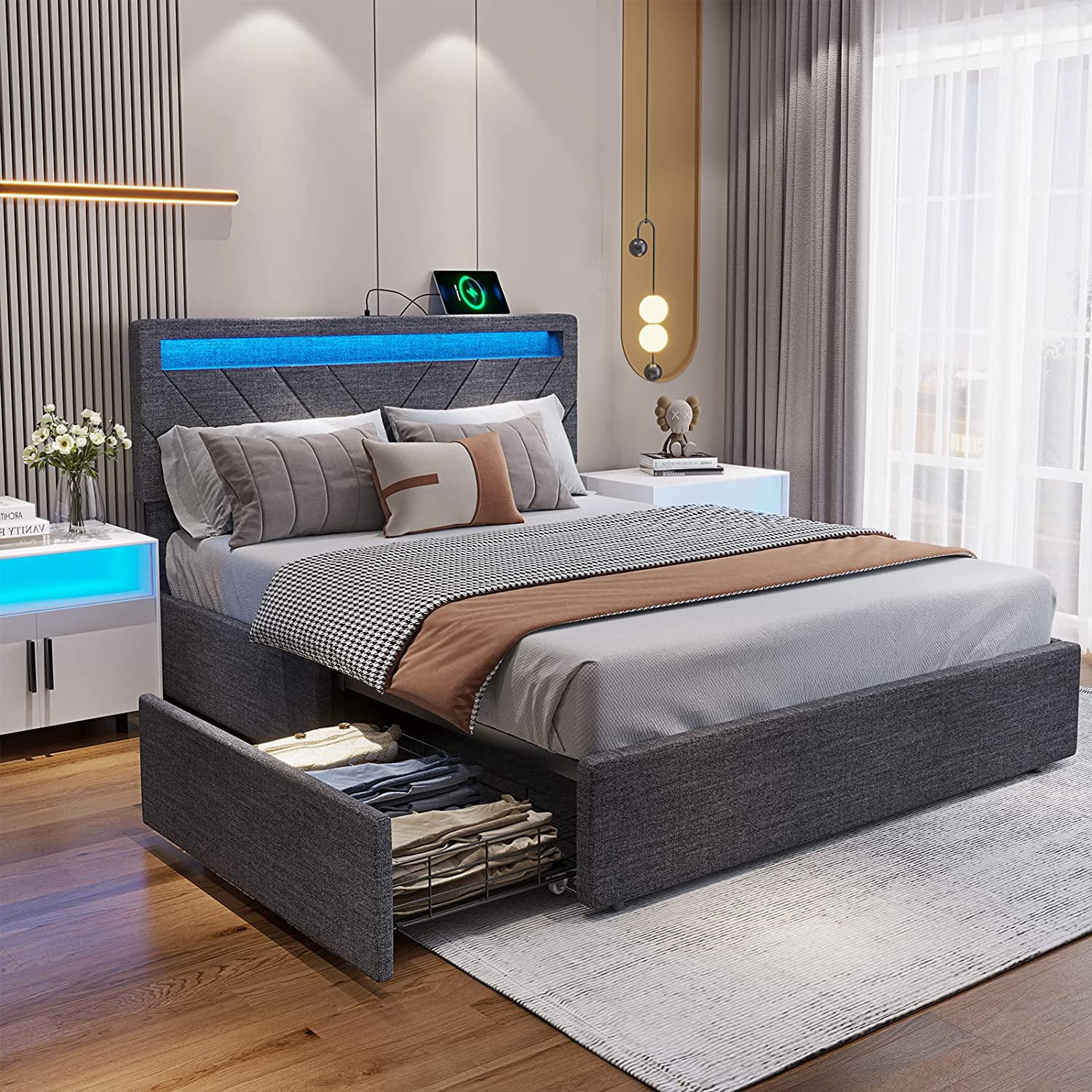
- Cons:
- Limited Coverage: Only covers the portion of the bed behind the toolbox.
- Toolbox Exposure: The toolbox itself remains exposed to the elements and potential theft (unless it’s a highly secure box).
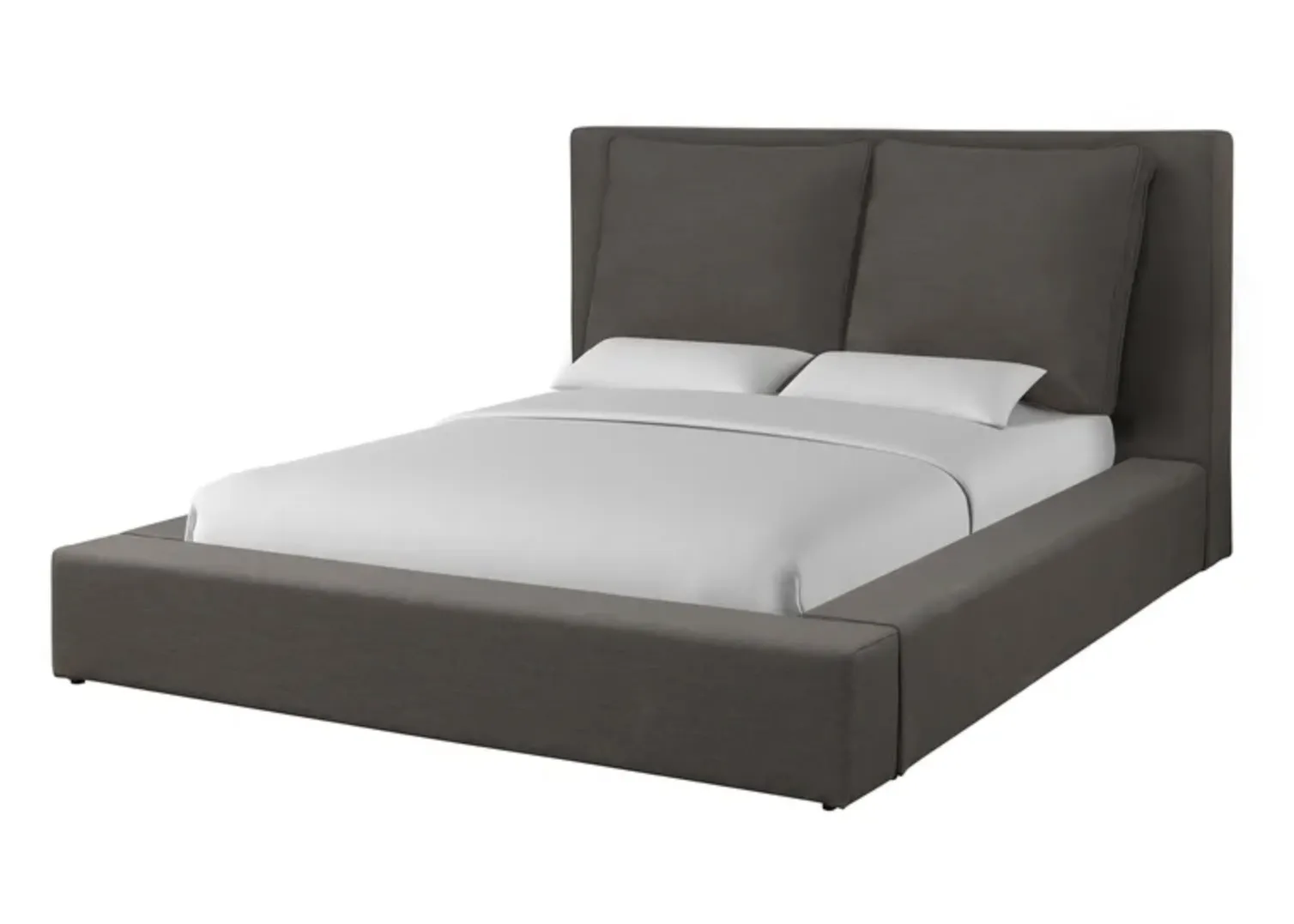
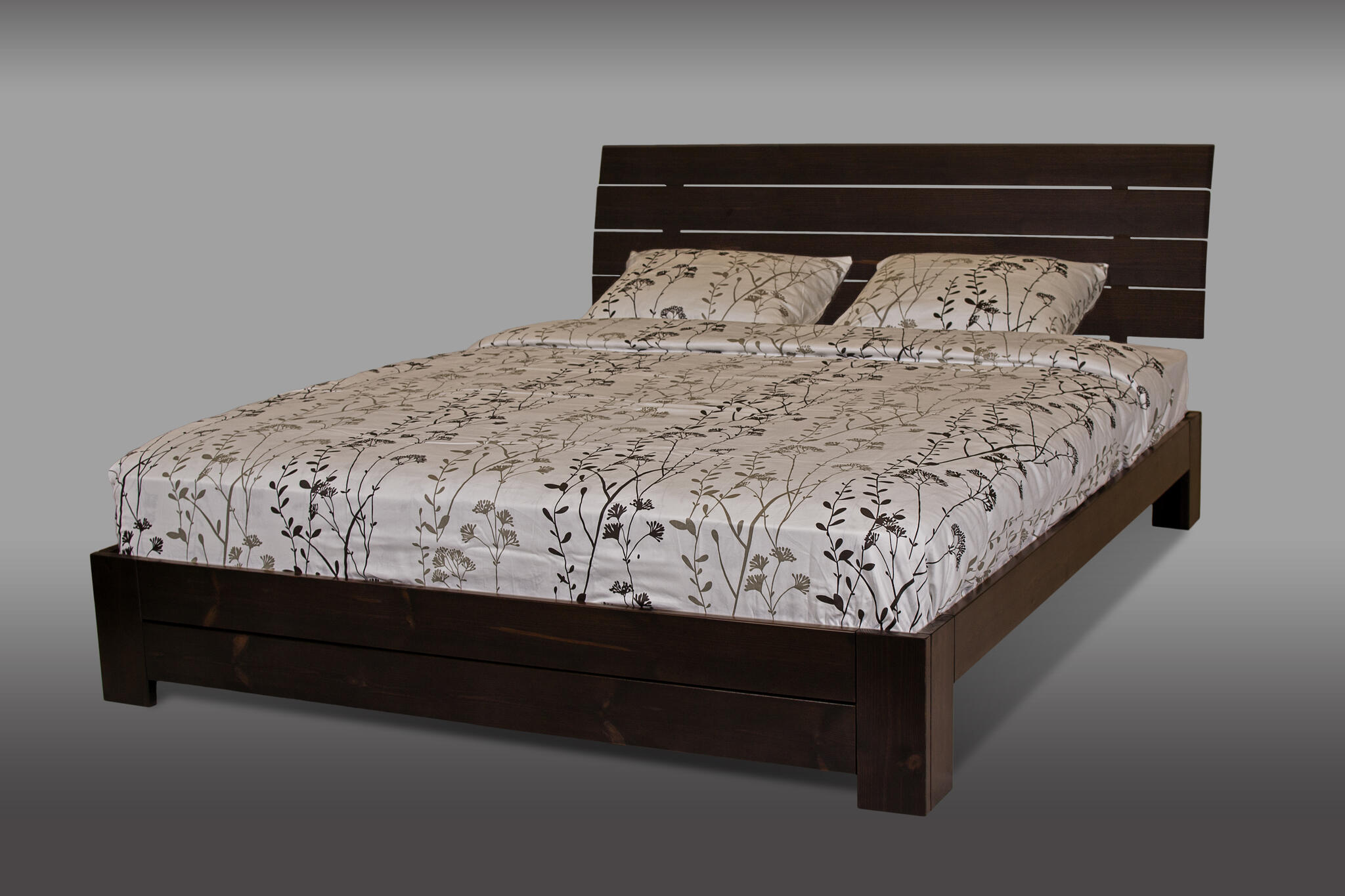
2. Retractable Tonneau Covers (Toolbox-Compatible Models)
Certain retractable covers are engineered with a lower-profile canister or specific mounting systems that allow them to clear the presence of a toolbox, or they are designed as "behind-the-box" retractable units.
- Description: These covers retract into a compact canister located at the front of the truck bed (or behind the toolbox for specific models). They often feature durable aluminum or polycarbonate slats.
- Pros:
- Excellent Security: Hard slats offer superior theft deterrence.
- Sleek Aesthetics: When retracted, they offer a very clean, low-profile look.
- Full Bed Access: When fully retracted, they provide nearly 100% access to the covered portion of the bed without obstructing the rear window.
- Durability: Built to withstand harsh weather conditions.
- Cons:
- Higher Cost: Generally one of the more expensive options.
- Canister Space: The canister takes up a small amount of bed space at the front.
- Specific Fitment: Requires careful measurement and compatibility checks with your exact toolbox.
3. Folding Tonneau Covers (Toolbox-Compatible Models)
Both soft and hard folding covers are available in configurations that work with toolboxes. These typically fold up towards the toolbox, providing varying degrees of bed access.
- Description: These covers consist of multiple panels that fold over one another, either in a bi-fold, tri-fold, or quad-fold configuration. Toolbox-compatible versions are designed to stop short of the toolbox or fold compactly to clear it.
- Pros:
- Versatility: Offer good partial or full bed access depending on the number of folds.
- Ease of Use: Simple to operate and often easy to install/remove.
- Good Security (Hard Folding): Hard panels provide significant protection against theft.
- Moderate Price Point: Offer a good balance of features and cost.
- Cons:
- Rear Window Obstruction (when fully open): Some designs may block a portion of the rear window when folded up against the toolbox.
- Bulkiness (when folded): Can take up significant vertical space at the front of the bed.
4. Soft Roll-Up Tonneau Covers (Toolbox-Compatible Models)
These are often the most economical option and are available in designs that fit behind a toolbox.
- Description: Made from durable vinyl or canvas, these covers attach to rails and roll up towards the toolbox, securing with Velcro or snaps.
- Pros:
- Most Affordable: Excellent value.
- Full Bed Access: When fully rolled up, they provide almost complete access to the covered portion of the bed.
- Lightweight: Easy to handle and install.
- Cons:
- Least Security: Offer minimal theft deterrence as they can be cut with a knife.
- Less Durable: More susceptible to wear and tear from weather and UV exposure compared to hard covers.
- Flapping: Can sometimes flap at higher speeds.
5. Custom/Specialty Solutions
For unique truck or toolbox configurations, some manufacturers offer custom-fit solutions or modular systems that allow for highly specific integrations. These are less common but can be invaluable for non-standard setups.
Key Benefits of Using a Compatible Bed Cover
Investing in a bed cover designed for trucks with toolboxes offers a multitude of advantages that enhance the functionality and longevity of your truck and its contents.
- Enhanced Security: This is paramount. A secure bed cover acts as a significant deterrent against theft, protecting not only your tools but any other valuable cargo you carry. Hard covers, in particular, offer robust protection.
- Superior Weather Protection: Rain, snow, hail, dust, and harmful UV rays can take a toll on your tools and cargo. A quality bed cover seals off the bed, keeping everything dry, clean, and protected from the elements, extending the lifespan of your equipment.
- Improved Fuel Efficiency: By streamlining the airflow over the truck bed, a bed cover reduces aerodynamic drag. While the savings might be modest, over time, they can add up, making your truck slightly more economical to operate.
- Organized and Clean Bed: A covered bed helps keep your cargo contained and prevents items from flying out during transit. It also keeps the bed cleaner by preventing debris accumulation.
- Aesthetic Appeal: A well-fitted bed cover provides a sleek, finished look to your truck, enhancing its overall appearance. It creates a streamlined profile that many truck owners prefer.
- Preservation of Tools and Equipment: Protecting your tools from moisture, dust, and temperature fluctuations helps prevent rust, corrosion, and general wear, ensuring they remain in good working condition for longer.
Important Considerations Before Purchasing
Choosing the right bed cover requires careful thought and measurement. Here are the critical factors to consider:
- Tool Box Type & Dimensions: This is the most crucial factor.
- Crossover Box: Most common. You’ll need a cover designed to fit behind it.
- Side-Mount Boxes/In-Bed Boxes: These might allow for a full-length tonneau cover if they are below the bed rail height, but check clearance for opening.
- Measure Accurately: Note the height, width, and depth of your toolbox, especially its height above the bed rails and how far it extends into the bed. This dictates how much space is left for the cover.
- Truck Make, Model, and Bed Length: Bed covers are highly specific to truck models and bed lengths. Ensure the cover you choose is compatible with your exact truck.
- Material Preference:
- Vinyl/Fabric: Affordable, lightweight, good access, but less secure and durable.
- Aluminum/Polycarbonate: Highly secure, durable, sleek, but more expensive.
- Fiberglass: Paintable, strong, often used for hinged or hard folding covers.
- Security Features: Consider the locking mechanism (key, latch, integrated with tailgate lock), the strength of the material, and how difficult it would be to pry open.
- Accessibility Needs: How often do you need to access the entire bed? How much access do you need?
- Full Access (when open): Soft roll-ups, some retractable, some folding.
- Partial Access: Most folding covers.
- Ease of Installation & Removal: Are you planning a DIY installation, or will you seek professional help? Many covers are designed for clamp-on, no-drill installation.
- Budget: Bed covers range widely in price. Determine your budget and prioritize features accordingly.
- Warranty: A good warranty indicates manufacturer confidence in the product’s durability and quality.
- Drainage Systems: Ensure the cover has effective drainage channels to prevent water from pooling on top or leaking into the bed.
Installation and Maintenance Tips
Proper installation and regular maintenance are key to the longevity and performance of your bed cover.
Installation Steps (General Advice):
- Read the Instructions: Always follow the manufacturer’s specific instructions for your model.
- Clean Bed Rails: Ensure the truck bed rails are clean and free of debris for a secure seal.
- Position Rails: Mount the side rails of the cover according to the instructions, ensuring they are level and properly aligned with your toolbox.
- Secure Clamps: Use the provided clamps to secure the rails to the truck bed. Do not overtighten, as this can warp the rails.
- Install Cover Assembly: Place the cover assembly onto the rails and secure it.
- Test Fit and Seal: Close the cover and check for proper fit, alignment, and seal around the edges and against the toolbox. Make any necessary adjustments.
- Drainage: Install any provided drainage tubes if applicable, directing water away from the bed.
Maintenance Tips:
- Regular Cleaning: Wash the cover regularly with mild soap and water, especially after off-road excursions or exposure to salt.
- Check Seals: Periodically inspect the weather seals and gaskets for cracks or wear. Replace them if necessary to prevent leaks.
- Lubricate Moving Parts: For retractable and folding covers, lubricate hinges, latches, and canister mechanisms as recommended by the manufacturer.
- UV Protection (for vinyl): Apply a UV protectant specifically designed for tonneau covers to vinyl surfaces to prevent fading and cracking.
- Inspect Clamps/Hardware: Ensure all mounting hardware remains tight and secure.
Challenges and Solutions
Even with specialized covers, truck owners might encounter minor challenges.
- Fitment Issues: Sometimes, despite measurements, a cover might not sit perfectly.
- Solution: Double-check all measurements before purchase. Contact the manufacturer or dealer for advice. Custom shims or minor adjustments may be needed.
- Water Leaks: No cover is 100% waterproof, but excessive leaks are a problem.
- Solution: Ensure seals are properly installed and not damaged. Check drainage tubes. Some owners use silicone sealant in problem areas.
- Reduced Bed Access: Some cover types might limit access more than others.
- Solution: Re-evaluate your needs before purchase. If full, unobstructed access is paramount, opt for a roll-up or retractable model.
- Cost vs. Benefit: The initial investment can be significant.
- Solution: Consider the long-term benefits of protection, security, and potential fuel savings. A durable cover can last for many years.
Practical Advice and Actionable Insights
- Measure Meticulously: This cannot be stressed enough. Measure your truck bed, and especially your toolbox, multiple times. Get dimensions for height, width, and how much space it occupies from the cab bulkhead.
- Prioritize Your Needs: Are security, access, durability, or budget your top priority? Let this guide your choice of cover type and material.
- Read Reviews: Look for reviews from owners with the same truck and toolbox combination as yours. This provides invaluable real-world feedback on fitment and performance.
- Consider Professional Installation: While many covers are DIY-friendly, if you’re unsure or prefer to guarantee a perfect fit, professional installation can save you time and potential headaches.
- Don’t Neglect Maintenance: A few minutes of cleaning and inspection a few times a year will significantly extend the life of your cover.
Concluding Summary
For truck owners who rely on their toolboxes, finding the right bed cover is not just about adding an accessory; it’s about optimizing functionality, ensuring security, and preserving valuable assets. Bed Covers For Trucks With Tool Boxes are purpose-built solutions that bridge the gap between secure tool storage and comprehensive bed protection. From the economical versatility of soft roll-ups to the robust security of hard retractable systems, there’s a compatible cover designed to meet virtually every need and budget. By carefully considering your truck’s specifications, your toolbox dimensions, and your personal priorities regarding security, access, and aesthetics, you can confidently select a bed cover that transforms your truck into an even more capable, organized, and protected mobile workspace.
Price Table: Bed Covers For Trucks With Tool Boxes
| Cover Type | Material | Key Features | Typical Price Range (USD) | Pros | Cons |
|---|---|---|---|---|---|
| Soft Roll-Up | Vinyl, Canvas | Rolls up to the toolbox, secures with Velcro/snaps, low profile. | $250 – $500 | Most affordable, full bed access when rolled, lightweight. | Least secure, less durable, prone to flapping. |
| Soft Folding (Tri-Fold) | Vinyl over aluminum frame | Folds in 2-3 sections, sits behind toolbox, clamp-on installation. | $350 – $700 | Easy to install/remove, good partial access, better security than roll-up. | Less secure than hard covers, can obstruct rear window when fully folded. |
| Hard Folding (Tri-Fold/Quad-Fold) | Aluminum, Fiberglass, ABS Plastic | Rigid panels, folds up against toolbox, superior security, weather resistance. | $700 – $1,500 | Excellent security, durable, good weather protection, retains a sleek look. | Can be bulky when folded, may obstruct rear window, higher cost. |
| Retractable (Toolbox-Compatible) | Aluminum, Polycarbonate | Retracts into a canister behind toolbox, strong slats, lockable. | $1,000 – $2,500+ | Superior security, sleek aesthetic, nearly full bed access when open, highly durable. | Highest cost, canister takes up some bed space, specific fitment required. |
| Specialty/Custom-Fit | Various (aluminum, fiberglass) | Tailored for specific toolbox heights/designs, unique mounting systems. | $1,500 – $3,000+ | Perfect fit for non-standard setups, high level of customization and integration. | Very high cost, limited availability, potentially longer lead times. |
Note: Prices are approximate and can vary significantly based on brand, specific model, features, truck make/model, and retailer. Installation costs are typically separate.
Frequently Asked Questions (FAQ)
Q1: Can I use any standard bed cover with my truck’s toolbox?
A1: No. Standard bed covers are designed to fit the entire bed length from the bulkhead to the tailgate. A crossover toolbox sits on the bed rails, obstructing this path. You need a specialized "toolbox-compatible" or "behind-the-box" bed cover.
Q2: Do bed covers for trucks with toolboxes really improve fuel economy?
A2: While the effect is often minor, studies and anecdotal evidence suggest that covering the truck bed can reduce aerodynamic drag, potentially leading to a slight improvement in fuel efficiency (typically 1-3%). This is because it creates a smoother airflow over the truck.
Q3: Are these bed covers difficult to install?
A3: Most toolbox-compatible bed covers are designed for DIY installation, often using a clamp-on system that requires no drilling. However, some complex retractable or custom units might benefit from professional installation to ensure a perfect fit and seal. Always follow the manufacturer’s instructions carefully.
Q4: How waterproof are these bed covers? Will my tools stay completely dry?
A4: Most quality bed covers are highly water-resistant and do an excellent job of keeping the majority of water out. However, no bed cover is 100% submersible or completely waterproof in extreme conditions (e.g., car washes, torrential rain) due to the nature of truck bed designs. Minor leaks around the tailgate or corners are possible but can often be minimized with proper installation and weather stripping.
Q5: How do I know if a specific bed cover will fit my toolbox?
A5: The most critical step is to accurately measure your toolbox’s dimensions, especially its height above the truck bed rails and how far it extends into the bed. Then, compare these measurements with the compatibility specifications provided by the bed cover manufacturer. Many manufacturers list specific toolbox clearance requirements for their "toolbox-compatible" models.
Q6: What’s the best material for a bed cover if security is my top priority?
A6: For maximum security, hard covers made from aluminum, fiberglass, or hard ABS plastic are recommended. These materials are much more resistant to cutting or prying than soft vinyl covers. Hard folding and retractable covers typically offer the best security features.
Q7: Can I still easily remove my toolbox with the bed cover installed?
A7: This depends on the specific bed cover and how your toolbox is mounted. Many covers allow the toolbox to remain in place without interference. If you frequently need to remove your toolbox, choose a cover type that offers maximum bed access when open (like a roll-up or retractable) and ensures it doesn’t physically block the toolbox mounting points or require its removal for cover operation.
